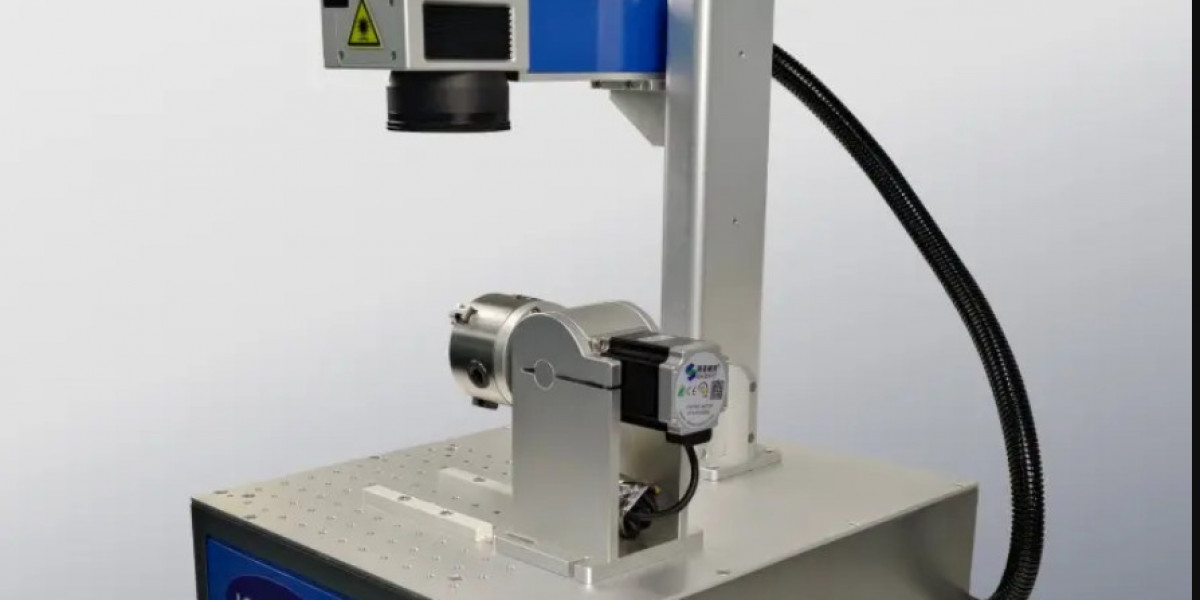Why Replacing the Head Unit Isn’t Always Necessary
Factory head units are often limited in power, signal processing, and output voltage. But with the right upgrades to supporting components, your existing unit can deliver noticeably better sound. Common reasons to retain a factory stereo include:
Preserving factory aesthetics
Retaining steering wheel control functions
Avoiding complicated installation or dashboard modifications
Instead of replacement, the focus shifts to optimizing amplifiers, speakers, wiring, and sound treatments.
Addressing Electrical Issues First
Many audio problems are not caused by the head unit itself. Issues like car speaker making static noise are often due to:
Poor grounding of the amplifier or speakers
Low-quality or damaged RCA cables
Electrical interference from alternators or accessories
Upgrading your wiring harness, adding grounding points, or using a shielded amp wiring kit can resolve these issues, resulting in cleaner audio and fewer distortions.
Upgrade Your Amplification
Adding or upgrading an amplifier dramatically improves sound without changing the head unit. Benefits include:
More consistent volume
Cleaner bass response
Better dynamic range
Improved headroom for future upgrades
With a properly powered amplifier, speakers can reach their potential while avoiding clipping or distortion caused by weak factory outputs.
Enhance Speakers for Clearer Sound
Speaker upgrades are one of the most effective ways to improve sound quality. Choosing the right speakers for your car ensures:
Accurate frequency reproduction
Tight, controlled bass
Clear midrange vocals
Crisp, distortion-free highs
Even with a factory head unit, premium speakers eliminate common problems such as car speaker making static noise, especially when combined with proper crossover settings and damping.
Install Sound Deadening Materials
Reducing vibration and resonance in doors, floors, and panels allows speakers to perform more efficiently. Sound deadening materials help:
Improve bass response
Reduce rattling panels
Lower background noise
Enhance stereo imaging
This step amplifies the effect of speaker and amplifier upgrades, often resulting in a system that sounds dramatically cleaner without replacing the head unit.
Use Signal Processors or DSPs
Digital signal processors (DSPs) allow for precise tuning of:
Frequency response
Time alignment
Phase correction
Crossover points
With a DSP, the system can be tailored to the cabin acoustics, optimizing the sound without touching the factory stereo. This ensures every speaker operates within its intended frequency range, eliminating distortion and static.
Check Wiring and Connections
Loose or corroded connections often introduce hiss, crackle, or static. Ensuring all wires are properly secured, insulated, and routed away from power lines reduces electrical interference. Using high-quality cables and a shielded amp wiring kit further protects against unwanted noise.
Benefits of Upgrading Without a New Head Unit
Saves money
Retains factory look and controls
Reduces installation complexity
Improves clarity, bass, and overall soundstage
Prevents issues like static or distortion
Many drivers find that the improvements are so significant they do not even consider a head unit replacement, achieving high-end performance with minimal modification.
Final Thoughts
Upgrading a car audio system does not always mean tearing out the factory head unit. By focusing on speakers, amplification, wiring, soundproofing, and DSP tuning, drivers can eliminate common problems—like car speaker making static noise—and unlock the full potential of their audio system.
Elite Auto Gear empowers drivers to make strategic upgrades, enjoy cleaner sound, and experience music the way it was meant to be heard, all while keeping their factory stereo intact. With the right components and installation practices, you can enjoy a high-performance, distortion-free sound system without replacing your head unit.








